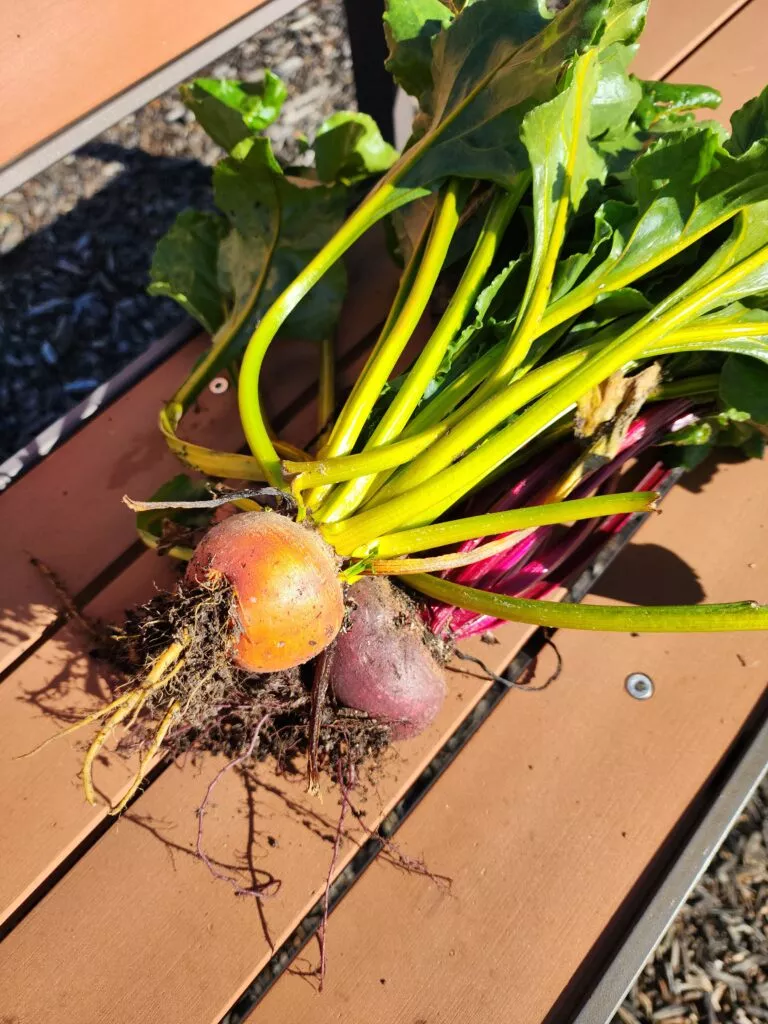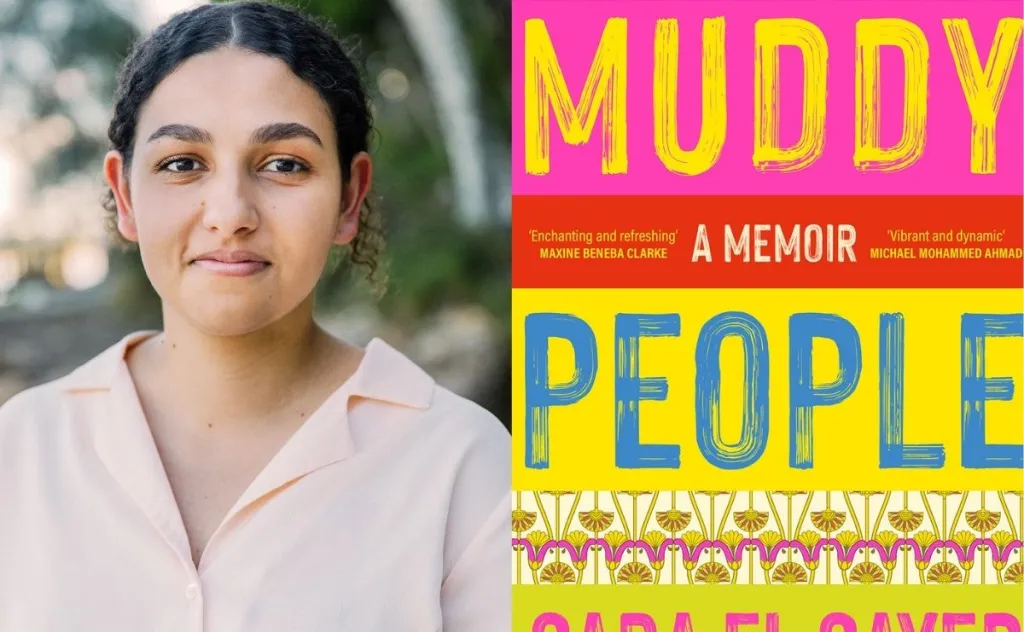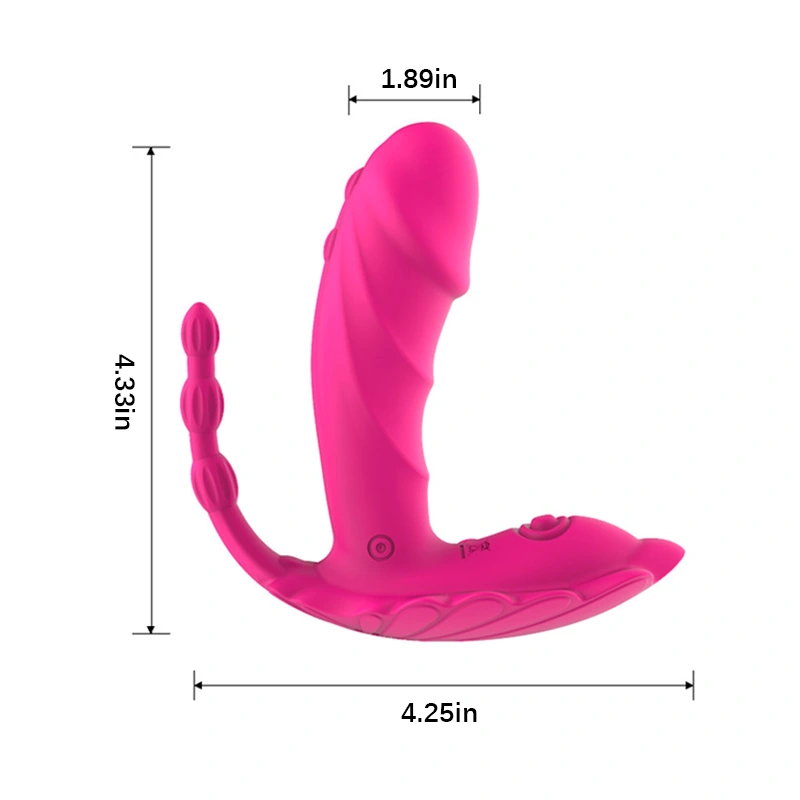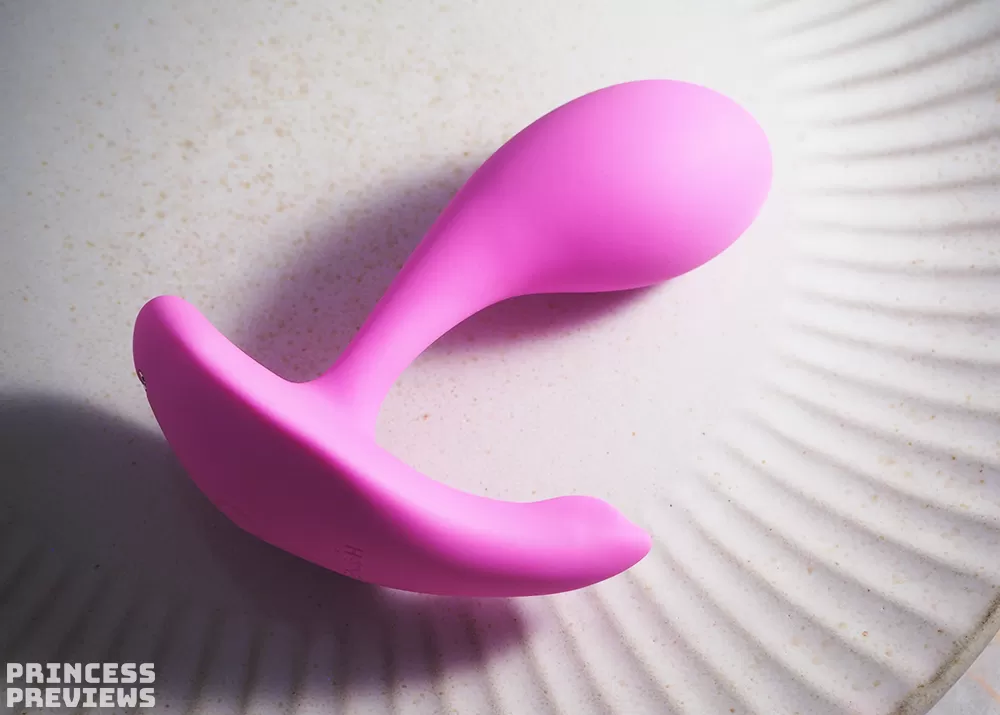This post contains affiliate links, contributing a small commission to Feminist Book Club for any sales. This support enables us to compensate our contributors, fostering independent media!
Urban gardening is the practice of plant and food cultivation and distribution in an “urban environment”: an area with a high population density. Why might you want to do it? Urban gardening can be good for local biodiversity, encouraging and supporting beneficial insect populations and local wildlife. It can also reduce overall temperatures, help combat food scarcity, and have a positive impact on mental health.
Some definitions of urban gardening also include small livestock (chickens, bees, goats, etc,) but for the purposes of this post, I will be focusing on small-scale, personal plant and vegetable cultivation, and on how you can start growing things at home.
Where Do I Start?
First off, decide what types of things you want to grow. Start with a generalised list of species: tomatoes, cucumbers, and lavender, for example.
If you plan to grow things all year around or have perrenial plants (plants that come back each year), you should know your USDA (or equivalent) hardiness zone. I am in zone 9, which means the coldest temps my area experiences are between 25F and 30F (-3.9C to 1.1C). Practically, this means my Dahlia bulbs survive underground through the winter, where in colder climates it is advisable to dig them up during the colder season and store them elsewhere. Being in zone 9 also means that tomato season can start as early as March or April where, in other zones, it starts in May (harvest time July-Sep).
Speak to your neighbours, see what they are growing, and consider growing something else so the whole neighbourhood can benefit from a variety of fresh produce. Even growing flowers in a window box will help neighbouring gardens by attracting pollinators to the area.
How Do I Start?
Upcycling
Before you rush out to a nursery to buy all new pots and beds, soil, fetilizer, and the like, look around to see what you already have. Broken pieces of bricks can be used to build a bed or to raise containers off the floor for drainage. Empty yogurt pots can be cleaned and used to start seeds in. Get creative. A recent study found that urban gardening can produce six times the greenhouse gases of “traditional agriculture.” This is in large part due to the infrastructure used to create urban farms and gardens. One very good way to bring this number down is to revitalise things you already have and to re-use them year after year.
Container Gardening
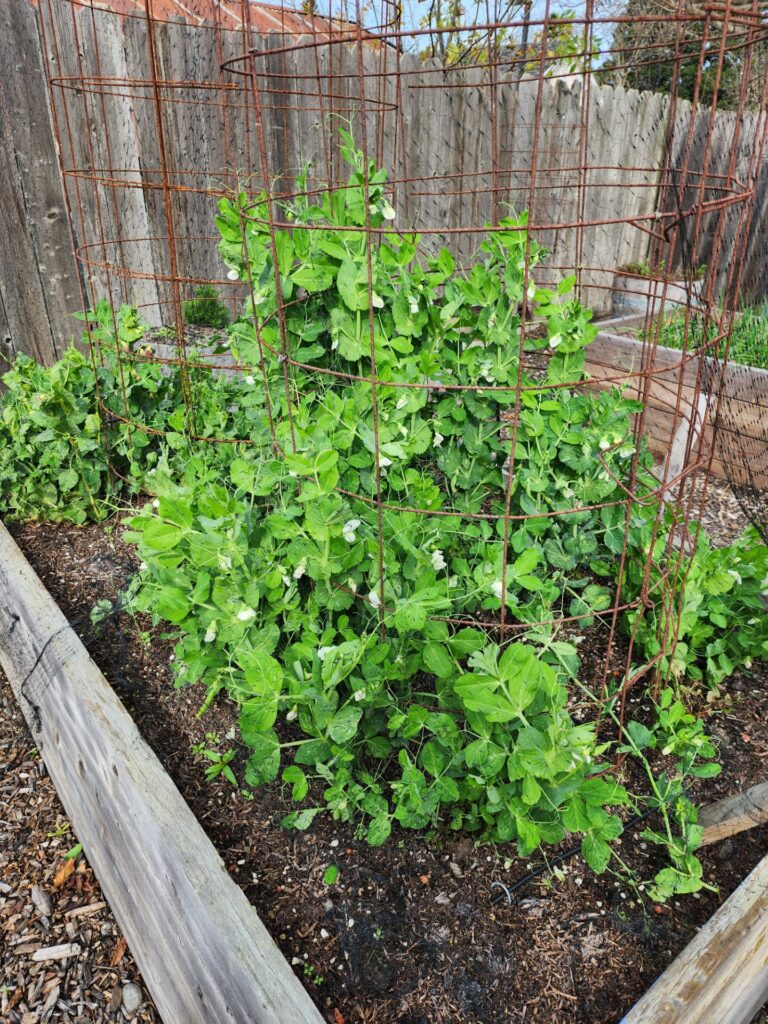
Personally, I prefer to container garden because it allows for greater control over the soil and drainage. Soil in urban areas tends to be lower in quality or contain contaminants. In a drought-prone area, it is easier and more environmentally conscious to responsibly irrigate containers or raised beds instead of using sprinklers or a hose on a full-in ground garden, in wetter climes, good drainage can prevent blight and root rot. Container gardening also allows some measure of size limitation over fast growing plants that seek to overtake whole areas, such as mint or parsley.
Lots of things can be used as containers outside of traditional pots. In California, for example, it is easy to acquire expired wine barrels (which are discarded after five years of use or if they get beetles; they’ll last five years or more as plant containers and the beetles don’t care about your plants). Or make some small adjustments with string and power tools to reurpose a waste barrel into two large planters.
An old friend of mine collects damaged and expired motorcycle helmets, removes the interior padding, fills them with soil, and uses the straps to hang them up as hanging baskets. She claims you can even open the visor and grow hanging vines through it, such as some varieties of strawberry. Not only does this prevent the lids from going to a landfill but it also prevents discarded helmets from being retrieved and re-used in error.
Yogurt pots, fancy dessert glass pots, ice cube trays past their prime, or broken and even empty egg cartons can also be used to start seeds in. Get inventive!
Consider compost!
Compost is an excellent soil amendment and can also keep some of your kitchen scraps out of the landfill. A small container can be kept on a kitchen counter, a five-gallon bucket with a lid can be kept under the kitchen sink or outside, and a larger compost bin can be kept in a garden or outdoor space.
If composting solely at home, rather than using a municipal service, avoid adding meat or cooked foods, seeds, or anything that takes an extended time to break down (biodegradeable packaging often fits in this category). My compost contains all of my vegetable offcuts, coffee grounds and unbleached paper filters, eggshells, and occasionally cleaned and crushed up oyster shells. Any ornamental flowers past their prime can usually be added as well.
Add a small dollop of compost to the holes you put your seeds or starts in when you are planting, then add the offcuts of your harvested plants back in to your compost.
Tools
You will likely want to invest in some tools. Gardening gloves are great if you are container gardening, as you can use your hands in place of a trowel, and you will find them useful when dealing with prickly plants like zucchini or irritants like tomato sap.
For bigger beds and spaces, you’ll want a trowel or a shovel. Both are also useful for taking compost from the compost bin, which you should avoid doing bare handed if you are prone to cuts and grazes.
Small shears or snips are great for pruning, harvesting herbs and leafy greens, or cutting away attached weeds.
Finally you’ll want something for watering. A watering can, hose, or even a jug from the kitchen will do the trick.
You do not need a greenhouse or a lot of fancy tools to start an effective garden. Some places even have tool libraries where you can check out garden (and other) tools, just like a traditional library.
Anything else?
Once you have figured out what you can re-use, repurpose, or even thrift from local buy/sell groups and the internet, you’ll need potting soil if you’re using containers, and some seeds or plant starts from the local nursery or a mail order service if you don’t have a nearby store. Once you have these things, you can harvest next year’s seeds from this year’s crops, use offcuts to add to the compost for next year’s plants, and even use old leaves as mulch. You can even pull weeds out and bury the dead plants in the soil when switching out seasonal crops.
Year after year, you’ll likely find you need to replace and buy new less and less. You might even find community where you can swap seeds and cuttings!
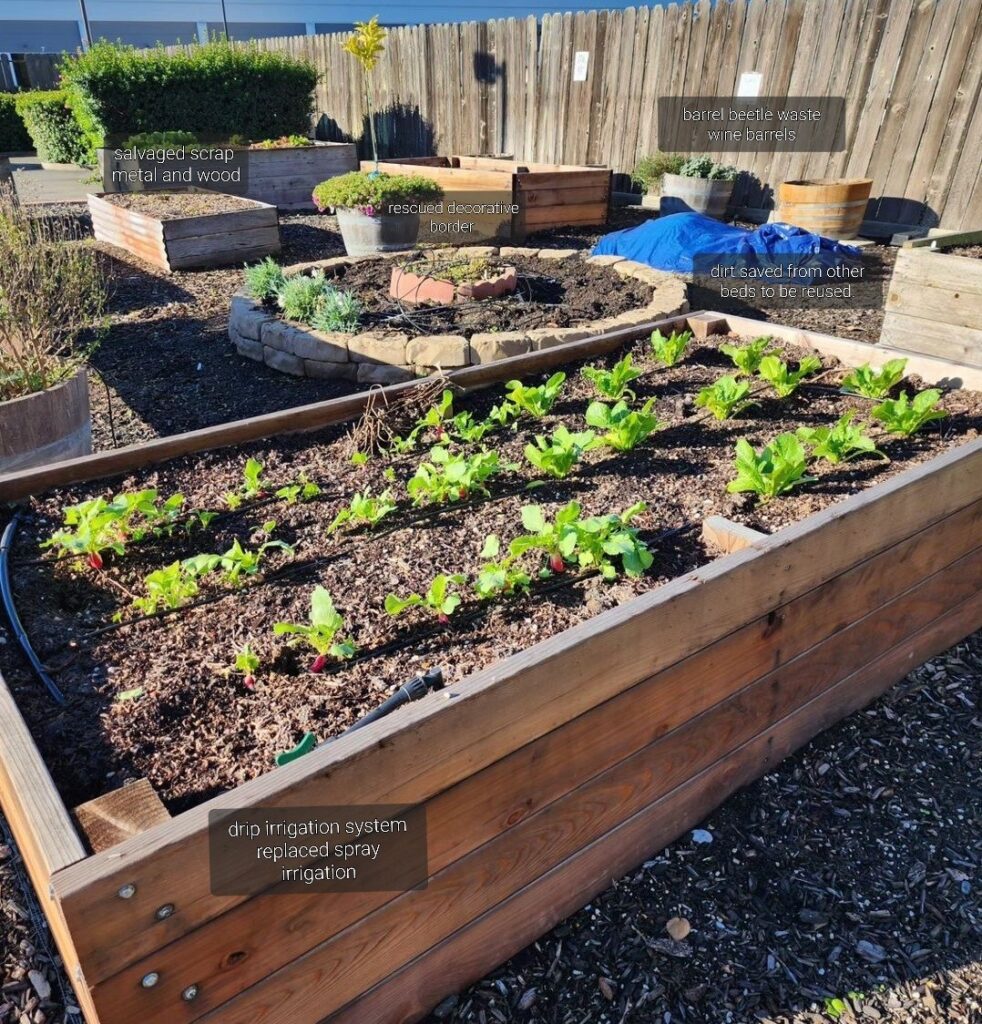
My Home or Situation Doesn’t Allow for Gardening…
For those who can’t grow at home but still want the benefits of gardening, may I suggest guerilla gardening?
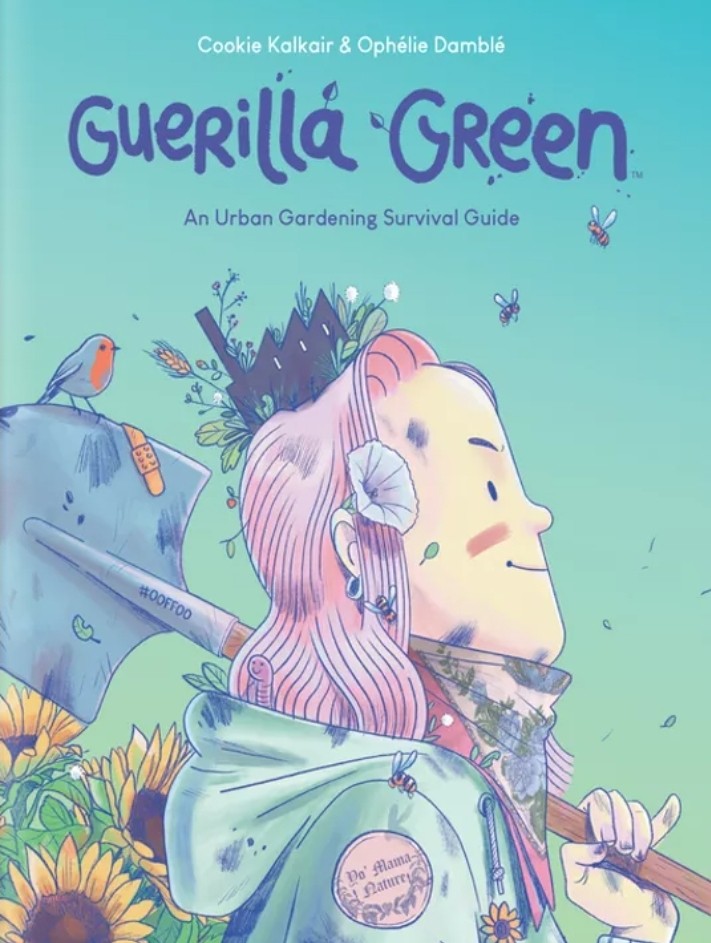
Guerilla gardening is the planting of native or food producing plants in public parts of urban environments. These include vacant lots, the dirt around the bases of trees, on the sidewalk, and on median strips. Ophelie Damblé and Cookie Kalkair have a great graphic novel called Guerilla Green, which details the how tos and benefits of guerilla gardening. In the U.S., there are also resources where you can buy shakers (like for pizza toppings) full of area specific-native wildflowers. I will add my favourite source—SFinBloom—in the resource section below. Finally, you can always look for your local community garden; they are often looking for volunteers or new members (depending on their system) and sometimes come with the added bonus of already skilled gardeners to show you the ropes.
I hope I have shown that almost anyone who wants to can partake in some form of urban gardening with just a little imagination and creativity, and as few tools and as little expense as possible. May your garden help your local environment, your local community, or just your own household, and bring you happiness and wicked good tomatoes!


 Anal Beads
Anal Beads Anal Vibrators
Anal Vibrators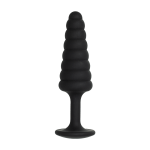 Butt Plugs
Butt Plugs Prostate Massagers
Prostate Massagers
 Alien Dildos
Alien Dildos Realistic Dildos
Realistic Dildos
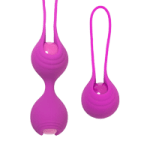 Kegel Exercisers & Balls
Kegel Exercisers & Balls Classic Vibrating Eggs
Classic Vibrating Eggs Remote Vibrating Eggs
Remote Vibrating Eggs Vibrating Bullets
Vibrating Bullets
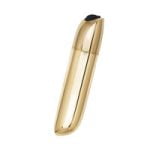 Bullet Vibrators
Bullet Vibrators Classic Vibrators
Classic Vibrators Clitoral Vibrators
Clitoral Vibrators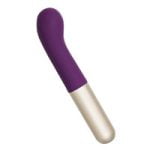 G-Spot Vibrators
G-Spot Vibrators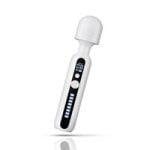 Massage Wand Vibrators
Massage Wand Vibrators Rabbit Vibrators
Rabbit Vibrators Remote Vibrators
Remote Vibrators
 Pocket Stroker & Pussy Masturbators
Pocket Stroker & Pussy Masturbators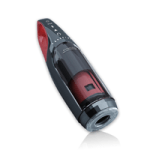 Vibrating Masturbators
Vibrating Masturbators
 Cock Rings
Cock Rings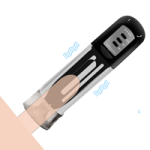 Penis Pumps
Penis Pumps
 Wearable Vibrators
Wearable Vibrators Blindfolds, Masks & Gags
Blindfolds, Masks & Gags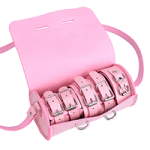 Bondage Kits
Bondage Kits Bondage Wear & Fetish Clothing
Bondage Wear & Fetish Clothing Restraints & Handcuffs
Restraints & Handcuffs Sex Swings
Sex Swings Ticklers, Paddles & Whips
Ticklers, Paddles & Whips






